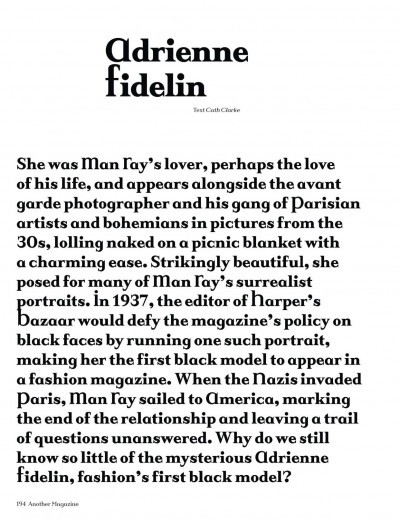
Man Ray
About
Man Ray (born Emmanuel Radnitzky; August 27, 1890 – November 18, 1976) was an American visual artist who spent most of his career in Paris. He was a significant contributor to the Dada and Surrealist movements, although his ties to each were informal. He produced major works in a variety of media but considered himself a painter above all. He was best known for his avant-garde photography, and he was a renowned fashion and portrait photographer.
Man Ray was born in Philadelphia to Jewish parents from Russia. His father worked as a tailor, while his mother ran a small haberdashery shop. Man Ray's early interest in art began with painting and drawing classes at the Pennsylvania Museum School of Industrial Art. After graduating from high school in 1908, he studied architecture at the University of Pennsylvania for two years before dropping out to pursue art full-time.
In 1912, Man Ray moved to New York City where he became involved with the avant-garde art scene. He befriended Marcel Duchamp and Francis Picabia and became part of the Dada movement. During this time he began experimenting with photography and photograms (cameraless photographs). In 1921, Man Ray moved to Paris where he continued to explore photography as an art form. He developed the technique of solarization (also known as “rayographs”) which involved exposing photographic paper to light during development to create abstract images.
Throughout his career Man Ray created numerous works that blurred the boundaries between painting and photography including “The Lovers” (1929), “Objects of Desire” (1932), and “The Enigma of Isidore Ducasse” (1920). He also collaborated with other artists such as Max Ernst on various projects including film shorts like “L'Étoile de Mer” (1928). In addition to his artwork, Man Ray also worked as a fashion photographer for Vogue magazine from 1929-1934.
Man Ray died in Paris on November 18th 1976 at the age of 86 after suffering from cancer for several years prior. His legacy lives on through his artwork which continues to be exhibited around the world today.